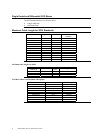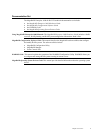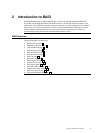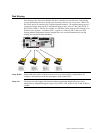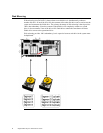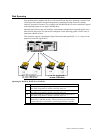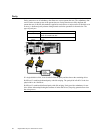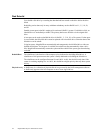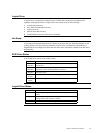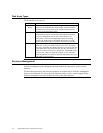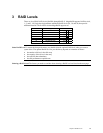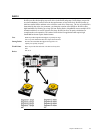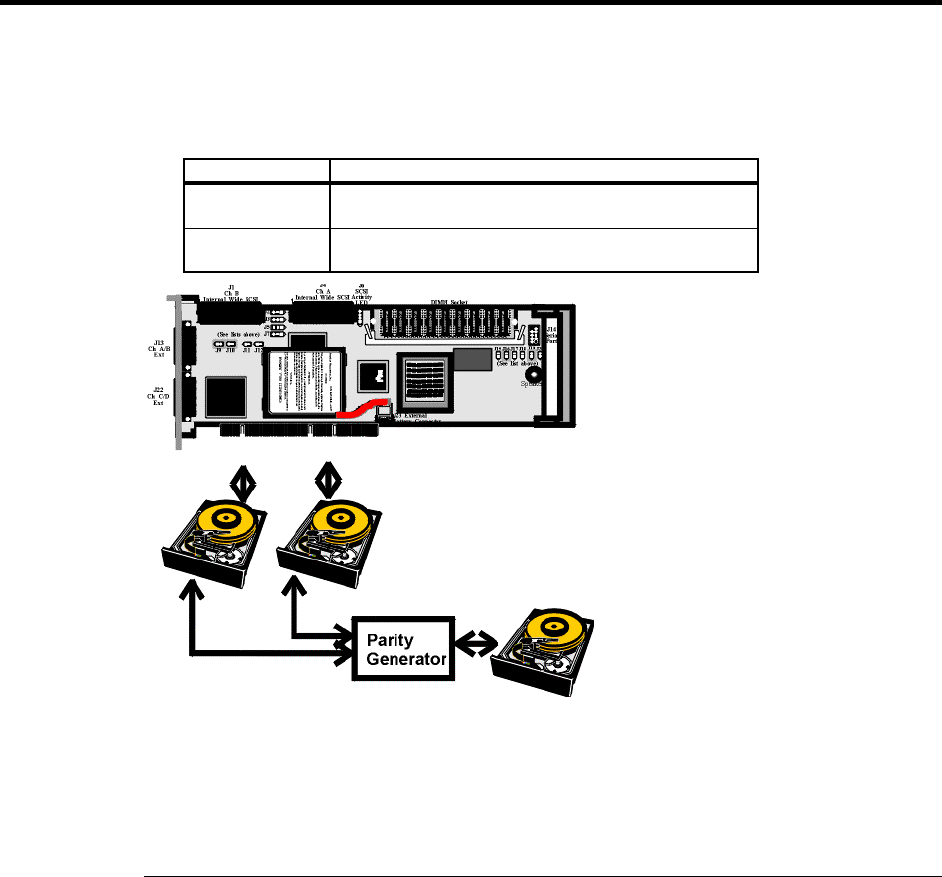
MegaRAID Enterprise 1600 Hardware Guide
10
Parity
Parity generates a set of redundancy data from two or more parent data sets. The redundancy data
can be used to reconstruct one of the parent data sets. Parity data does not fully duplicate the
parent data sets. In RAID, this method is applied to entire drives or stripes across all disk drives in
an array. A dedicated parity scheme during normal read/write operations is shown below. The
types of parity are:
Type Description
Dedicated Parity The parity of the data on two or more disk drives is
stored on an additional disk.
Distributed
Parity
The parity data is distributed across all drives in the
system.
If a single disk drive fails, it can be rebuilt from the parity and the data on the remaining drives.
RAID level 3 combines dedicated parity with disk striping. The parity disk in RAID 3 is the last
physical drive in a RAID set.
RAID level 5 combines distributed parity with disk striping. Parity provides redundancy for one
drive failure without duplicating the contents of entire disk drives, but parity generation can slow
the write process.



